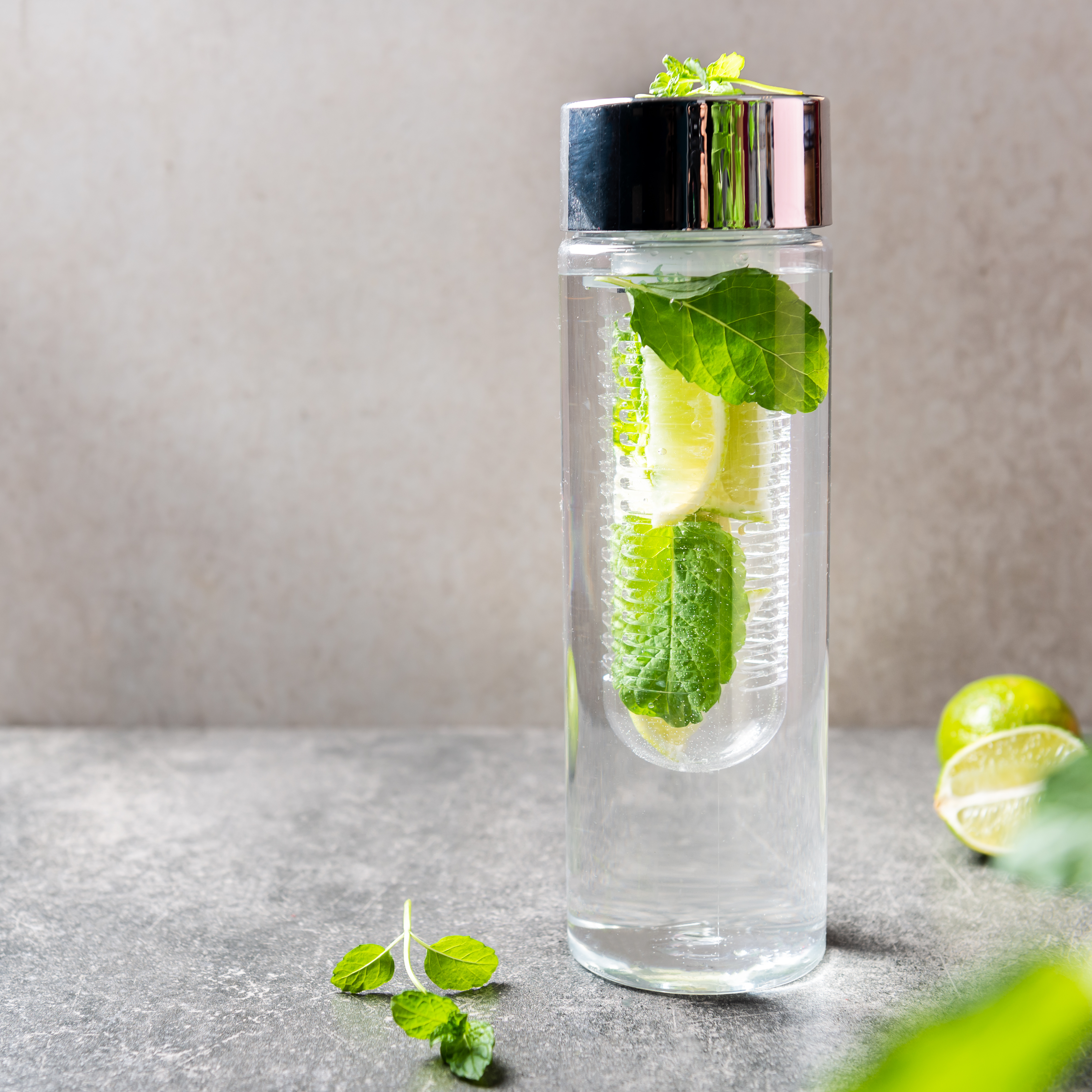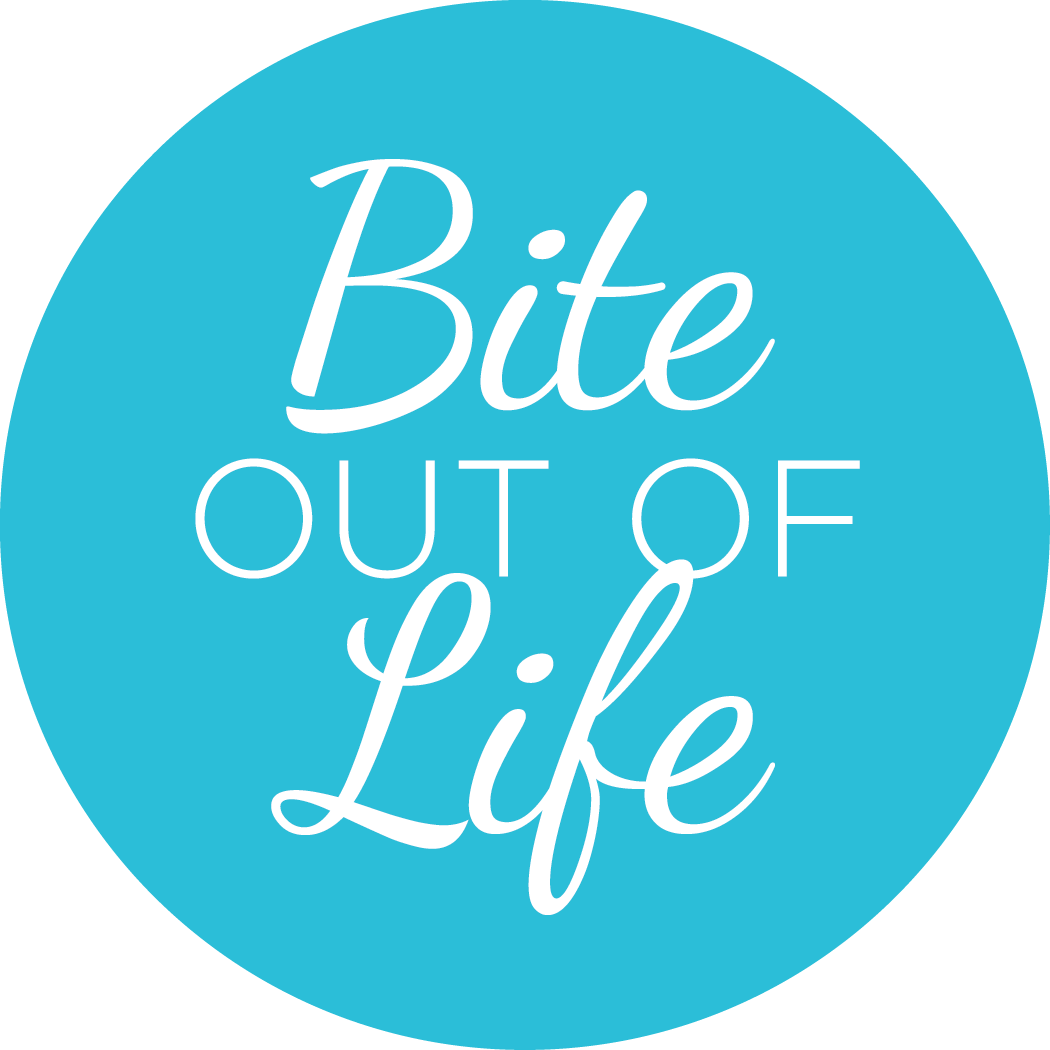
I feel like this has been THE rainiest, wettest spring ever! Will April showers really bring May flowers? If we can believe that childhood rhyme, then we should be big time in bloom very shortly – at least where I live.
Water – whether from the skies, the ground, the tap or (eeeek, no!) a plastic bottle – seems ubiquitous for most of us. Lucky, right? It’s generally plentiful, clean and safe to drink. Whether we take full advantage of that and drink the amount we should, that’s a totally different question and one I’ll address later in this posting.
But first – a public service announcement:
World Water Day is marked around the world each March. Launched by the UN back in 1993, every year focuses on a different theme to bring awareness to various environmental or social issues that impact us today. For 2019, the discussion is “Leaving no one behind” and making safe water accessible to everyone. If you’d like to read more about what the UN is doing, please check out their initiatives here.
When we think of people who lack safe drinking water, it conjures up visions of war-torn and drought-stricken African countries, doesn’t it? But right here in our own country – Canada, a land of plentiful natural resources, lakes, rivers, bounded on three sides by oceans, there are vast numbers of our citizens who don’t have safe drinking/cooking/bathing water.
There’s a water crisis in 20% of First Nations communities in this country. In Ontario alone, 40% of First Nations communities are under a boil water advisory.
This is not acceptable and I invite you to do several things. First – write our federal government and urge them to immediately move on the promises made to eliminate this health hazard and human rights issue. It’s easy to do – just google the email address of the Prime Minister and the Minister of Crown-Indigenous Relations and the Minister of Health. Contact your own MP as well. These elected officials work for all of us and we need to remind them that just because we can turn on our taps and drink a glass of water – that’s not good enough if every Canadian can’t do the same.
Second – check out this great organization, Water First, a charitable organization working in partnership with First Nations to find solutions to water issues. Familiarize yourself with their work and the issues they are trying to solve and donate to them if you can.
This is a shameful situation that needs to change. It goes without saying that water is essential for life (and yet only became a basic right in 2010 —> wait…what? seriously?!?!?). Sigh….. all this to say – next time you pour yourself a glass of water – be sure to drink it. And be grateful because it is nothing to take for granted. Even in a country as plentiful and peaceful as Canada.
OK – PSA over. Now let’s get down to learning more about why water is so critical to good health:
Water: the unrecognized nutrient
You may be able to do without food for some time, but you can only survive a few days without water. Being hydrated is necessary for health and well-being. I could argue that water is the most essential nutrient of them all – as it’s needed for every cell and function in your body.
Over 70% or the human brain and human heart is water. Water is a huge part of your blood. It cushions your joints and aids digestion. It helps stabilize your blood pressure and heart beat. It helps to regulate your body temperature and helps maintain electrolyte (mineral) balance. It flushes waste out of cells and out of the body. And that’s just a few of its roles.
Dehydration can impair mood and concentration, and contribute to headaches and dizziness. It can reduce your physical endurance, and increase the risk for kidney stones and constipation. Extreme dehydration can cause heat stroke.
You need water to survive and thrive.
How much water do I need?
Remember back in the day when it seemed like everyone in the health and wellness industry recommended 8 glasses of water every day? Regardless of activity level, regardless of actual thirst, regardless of existing illnesses/conditions, regardless of age and regardless of weight?
Logical reasoning would suggest that someone running a marathon and sweating profusely would probably need to replenish water content quicker than someone who is sedentary in a cool climate without a drop of sweat in sight – right? Nope, it was 8 cups of water at 8 oz each for the both of them.
Over time, we’ve realized that imposing this external “one size fits all” rule may not be the best approach. It’s smarter to consider the ‘lemonade pee test’ (meaning that if your pee is the colour of lemonade, you are well hydrated; if it’s dark golden yellow, you need to drink more and if it’s clear, you are drinking too much) or recommending that you drink according to thirst.
We have complex hormonal and neurological processes that are constantly monitoring how hydrated we are. And for healthy adults, this system is very reliable. But it does mean you need to tune into your thirst mechanism and pay attention to what you are feeling – and not ignore when you have a dry mouth, feel light headed or fuzzy-brained, or if you honestly have not had a sip of water for more than an hour.
Please note that thirst can sometimes be mis-interpreted as “hunger pangs” – so before grabbing an unhealthy snack on-the-go, reach for some water first. Wait a few minutes and often times, the craving dissipates. This definitely becomes a win-win situation – because you would have hydrated your body when it needed it and you would have avoided excess nibbles!
There are a few other things to consider when evaluating your hydration status. If you’re sweating a lot, or are in a hot/humid climate, drink more. Breastfeeding moms, elderly people, and people at risk of kidney stones need to drink more water too. So do people who experience vomiting and/or diarrhea, as both can quickly dehydrate our bodies.
So, ditch the “one size fits all” external rule, and pay more attention to your body’s subtle cues for water.
What counts toward my water intake?
All fluids and foods containing water contribute to your daily needs. But before you crack open a beer or hit the coffee shop drive through, note that not all fluids are health-promoting.
Pure filtered water is almost always the best choice. If you’re not drinking pure water, then you have to consider the effects that ingredients in other liquids will have on your body.
Drinks containing sugar, alcohol, and caffeine will have effects beyond hydration. Sweeteners (real and artificial) can mess with your blood sugar balance. Alcohol can impact your liver. And caffeine can keep you awake.
Let’s talk a bit more about caffeine for a second.
Caffeine is the infamous “dehydrator,” right? Well, not as much as we may have once thought. If you take high dose caffeine pills, then sure, they cause fluid loss. But the idea that coffee and tea don’t count toward your water intake is an old myth. While caffeine may make you have to go to the bathroom more, that effect isn’t strong enough to negate the hydrating effects of its water. Plus, if you’re tolerant to it (i.e. regularly drink it) then the effect is even smaller. So, while I don’t recommend swilling ONLY coffee or tea each day, you don’t need to counteract your daily cup(s) of coffee and/or tea by adding even more water to your day.
Keep in mind, many foods contain significant amounts of water, especially fruits and vegetables like cabbage, cantaloupe, watermelon, strawberries, celery, spinach, lettuce, apples, pears, oranges, grapes, carrots, and pineapple. These foods are over 80% water, so they are good sources of hydration.
You don’t need to count your plain water intake as your only source of hydration. All fluids and foods with water count.
Ok– so what’s holding you back from staying hydrated? I know – trust me, I know – you may not love the taste (or lack thereof) of plain water. There’s an easy solution – in fact, there are many easy solutions. Try adding some sliced or frozen fruit, or fresh herbs like mint, basil, or lemon balm to create an H2O infusion.
Since you could hydrate just as well with other water-containing beverages, here are some of my favourite herbal teas you can drink hot or cold. As a bonus, I’ve also included a yummy Ginger Lemonade at the end of this blog post – keep reading, I promise you it is so worth it!
- Hibiscus
- Lemon
- Peppermint
- Rooibos
- Chamomile
- Lavender
- Ginger
- Rose Hips
- Lemon Verbena
Conclusion
There is no magic number of the amount of water you need. Everyone is different. Children, pregnant women, and elderly people need more. Episodes of vomiting or diarrhea will also increase your short-term need for more water. The most important thing is to pay attention to your thirst. Other signs you need more water are dark urine, sweating, constipation, and kidney stones.
Water is your best source of fluids. But other liquids, including caffeinated ones, help too. Just consider the effects the other ingredients have on your health as well. And many fruits and vegetables are over 80% water so don’t forget about them.
Let me know in the comments: What’s your favourite way to hydrate?
References:
https://www.healthline.com/nutrition/how-much-water-should-you-drink-per-day
http://www.health.harvard.edu/blog/water-water-everywhere-2016110310577
http://www.health.harvard.edu/staying-healthy/how-much-water-should-you-drink
http://neurotrition.ca/blog/why-you-should-raise-your-glass-water
Recipe: Ginger Lemonade with Aloe
Serves 1
Ingredients:
- 1 fl oz Pure Aloe Juice
- 2 Tbsps Lemon Juice (freshly squeezed)
- 1 Tbsp Maple Syrup
- 1 tsp Ginger (peeled and finely grated)
- 1 cup Water
Directions:
- Add all ingredients to a mason jar and shake vigorously.
- Strain into a glass with ice. Serve immediately and enjoy.
